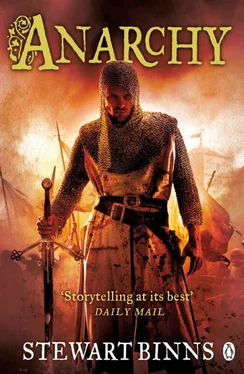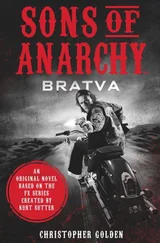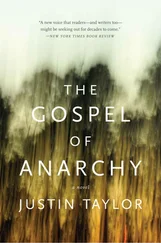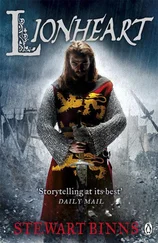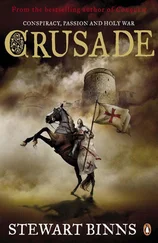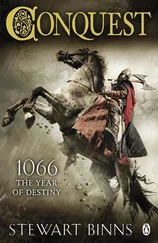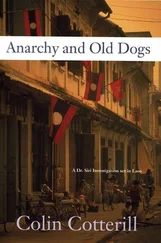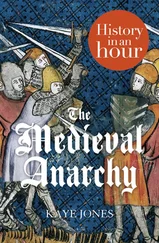ATABEG
Atabeg, Atabek or Atabey, the equivalent of a prince, is an hereditary title of nobility of Turkic origin, indicating the lord of a region or province, usually subordinate to a monarch.
ATHELING
The Anglo-Saxon name for the heir to the throne. Interestingly, the name ‘Clito’ – as in William Clito, the son of Robert, Duke of Normandy, and claimant to the English throne – was a Latin version of the same thing. The Germanic form was ‘Adelin’ – as in William Adelin, the son of King Henry I (Beauclerc) and heir to the throne, who drowned in 1120.
ATTAR OF ROSES
Attar of Roses, or rose oil, is a fragrant oil distilled from fresh petals of the rose family. Rose oils are a valuable ingredient of fine perfumes, liqueurs, scenting ointments and toilet preparations.
BERSERKERS
Berserkers were Norse warriors who are reported in Old Norse literature to have fought in a nearly uncontrollable trance-like fury, a characteristic which later gave rise to the English word ‘berserk’.
BEZANT
A gold coin from the Byzantine Empire.
BLACKLETTER
Blackletter, also known as Gothic script, Gothic minuscule, was a script used throughout Western Europe from approximately 1100 to well into the seventeenth century. It continued to be used in the German language until the twentieth century. Blackletter is sometimes called Old English, but it is not to be confused with the Old English language, despite the popular, though mistaken, belief that the language was written with blackletter. The Old English (or Anglo-Saxon) language predates blackletter by many centuries, and was itself written in the insular script.
BLOODY FLUX
Bloody flux is the old name for dysentery, an inflammatory disorder of the intestine, especially of the colon, caused by viral, bacterial or parasitic infestations. It results in severe diarrhoea containing mucus and/or blood in the faeces, with fever and abdominal pain. If left untreated, dysentery is often fatal.
BRACCAE
Braccae is the Latin term for trousers, but now refers to a style of pants. The Romans first encountered this style of clothing among peoples who they called Gauls. Braccae were typically made with a drawstring, and tended to reach from just above the knee at the shortest to the ankles at the longest, with length generally increasing in tribes living further north. When the Romans first encountered the braccae, they thought them to be effeminate; Roman men typically wore tunics, which were one-piece outfits terminating at or above the knee. However, braccae eventually became popular among Roman legionaries stationed in cooler climates to the north of southern Italy. Eventually they became fashionable in late Roman times and into the Eastern Empire of Byzantium.
BUCENTAUR
The bucentaur was the state galley of the Doges of Venice. It was used every year on Ascension Day up to 1798 to take the Doge out to the Adriatic Sea to perform the ‘Marriage of the Sea’ – a ceremony that symbolically wedded Venice to the sea. The last and most magnificent of the historic bucentaurs made its maiden voyage in 1729 in the reign of Doge Alvise III Sebastiano Mocenigo. Depicted in paintings by Canaletto and Francesco Guardi, the ship was 115 feet long and more than 26 feet high. A two-deck floating palace, its main salon had a seating capacity of 90. The Doge’s throne was in the stern, and the prow bore a figurehead representing Justice with sword and scales. The barge was propelled by 168 oarsmen, and another 40 sailors were required to man it. The ship was destroyed in 1798 on Napoleon’s orders to symbolize his victory in conquering Venice.
BURGH
The Saxon name for a town or city.
CAPPA ROBE
A long-sleeved, ankle-length ecclesiastical robe, tied at the waist by a corded belt. Usually made from cotton or wool, for Templars it would have had a slit at the front and rear so that it could be worn on horseback. In battle, the cappa would have been worn over a full-body hauberk of chain mail.
CARUCATE
The carucate was a unit of assessment for tax used in most Danelaw counties of England, and is found in the Domesday Book. The carucate was based on the area a plough team of eight oxen could till in a single annual season. It was subdivided into oxgangs, or ‘bovates’, based on the area a single ox might till in the same period, which thus represented one eighth of a carucate; and it was analogous to a ‘hide’, a unit of tax assessment used outside the Danelaw counties. The tax levied on each carucate came to be known as ‘carucage’.
CASTELLAN
A castellan was the governor or captain of a castle. The word stems from the Latin castellanus , derived from castellum (castle). Also known as a constable, governor of the castle or captain.
CATAPULT
Castles, fortresses and fortified walled cities were the main form of defence in the Middle Ages and a variety of catapult devices were used against them. As well as attempting to breach the walls, missiles and incendiaries could be hurled inside, or early forms of biological warfare deployed, such as diseased carcasses, putrid garbage or excrement. The most widely used catapults were the following:
Ballista
Similar to a giant crossbow and designed to work through torsion. Giant arrows were used as ammunition, made from wood and with an iron tip.
Couillard
See ‘trebuchet’
Mangonel
These machines were designed to throw heavy projectiles from a bowl-shaped bucket at the end of an arm. With a range of up to 1,300 feet they were relatively simple to construct, and wheels were added to increase mobility.
Onager
Mangonels are sometimes referred to as ‘onagers’. Onager catapults initially launched projectiles from a sling, which was later changed to a bowl-shaped bucket.
Springald
The springald’s design was similar to that of the ballista, effectively a crossbow propelled by tension. The springald’s frame was more compact, allowing for use inside tighter confines, such as the inside of a castle or tower.
Trebuchet
Trebuchets were probably the most powerful catapult employed in the Middle Ages. The most commonly used ammunition was stones, but the most effective involved fire, such as firebrands and the infamous ‘Greek fire’. Trebuchets came in two different designs: traction, which were powered by people; and counterpoise, where the people were replaced with a weight on the short end of an arm. A simplified trebuchet was known as a ‘couillard’, where the trebuchet’s single counterweight was split, swinging on either side of a central support post.
CERDIC/CERDICIAN
The dynastic name of the kings of Wessex, who ultimately became Kings of England, from Egbert, King of Wessex in 820, to Edward the Confessor’s death in 1066. The only exceptions were the three Danish kings, Cnut and his sons Harold Harefoot and Harthcnut, between 1016 and 1042. The name reputedly derives from Cerdic, a prince of the West Saxons from circa 600, who was an ancestor of Egbert, the first King of England.
CHEMISE
A simple garment worn next to the skin to protect clothing from sweat and body oils, the precursor to the modern shirt. The chemise seems to have developed from the Roman tunica and first became popular in Europe in the Middle Ages. Women wore a shift or chemise under their gown or robe. Men wore a chemise with their trousers or braies, and covered the chemise with garments such as a doublet or robe.
Читать дальше
